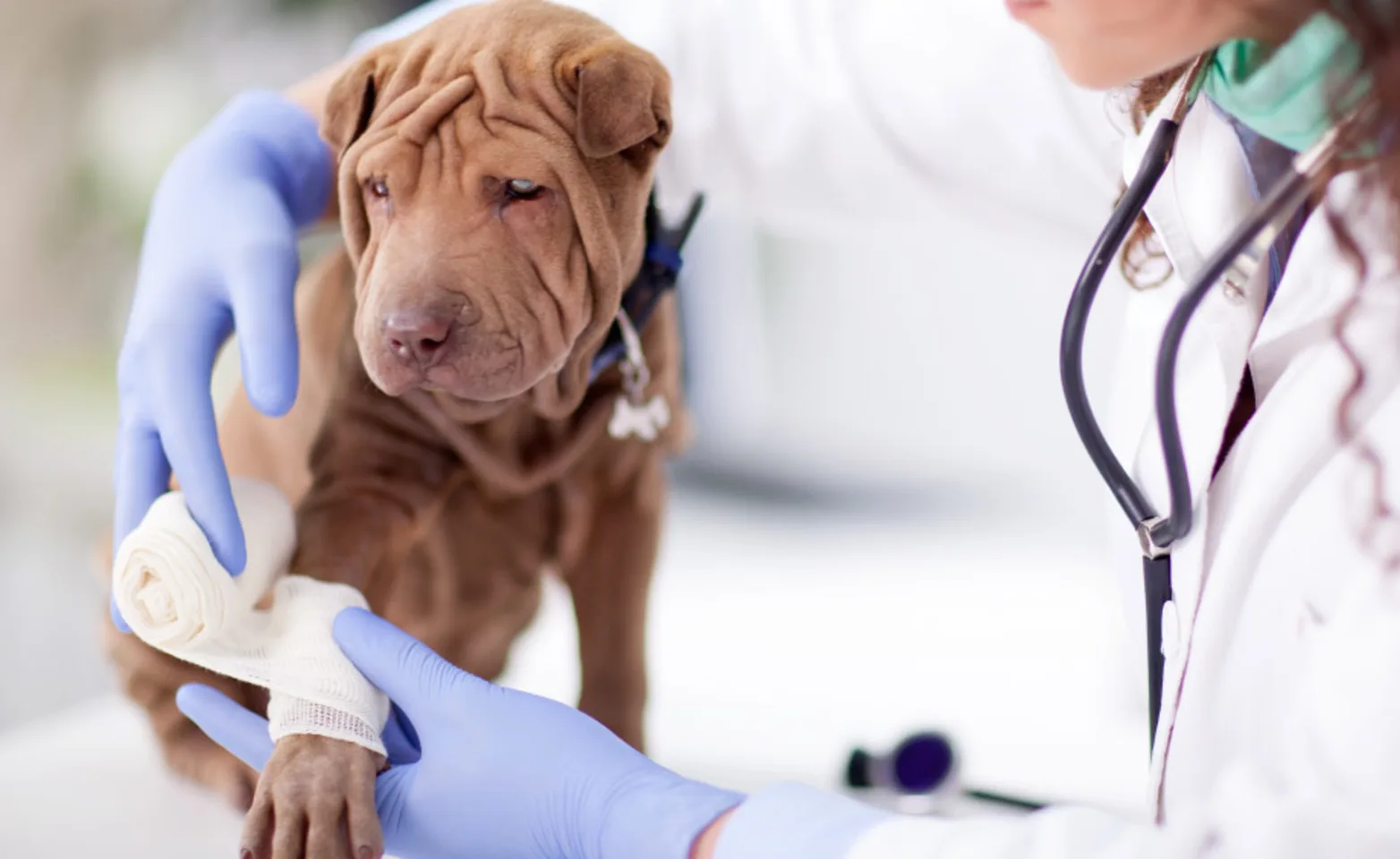Nashville Veterinary Specialists
Excessive Tibial Plateau Angle (ETPA)
Information provided by Wesley Roach, DVM, Diplomate American College of Veterinary Surgeons at Nashville Veterinary Specialists
Cranial cruciate ligament (CCL) disease is the most common reason dogs present to our surgery department. Surgery (TPLO, TTA, Lateral Suture) is typically recommended to stabilize the stifle, and the prognosis is generally good.

Most dogs have a tibial plateau angle (TPA) between 20-30 degrees. Occasionally dogs will have an excessive tibial plateau angle (eTPA), which is an angle greater than 34 degrees. eTPA can be unilateral or bilateral and is most likely associated with a caudal deformity of the proximal tibia. Excessive stress on the CCL as a consequence of the altered conformation has been postulated as the mechanism of ligament injury.
Recognizing this abnormality before surgery with radiographs (lateral view of entire tibia) is important because the typical surgeries for CCL rupture may not be appropriate. The theory behind the Lateral Suture is to replace the CCL. If the CCL ruptured because of the excessive stress from the eTPA, then the Lateral Suture will likely fail as well. Therefore surgeries that level the tibia plateau are generally recommended for dogs with eTPA.
Sometimes the eTPA can be corrected with a TPLO or TTA alone. The tibial plateau, however, can be rotated only so far with a TPLO, and the tibial crest can be advanced only so far with a TTA. The current recommendations are to combine a TPLO with a cranial closing wedge osteotomy (CCWO) to achieve a level tibial plateau in dogs with eTPA. This procedure requires additional pre-operative planning and a has a complication rate approaching 25% rather than the traditional 10% with a TPLO alone.
